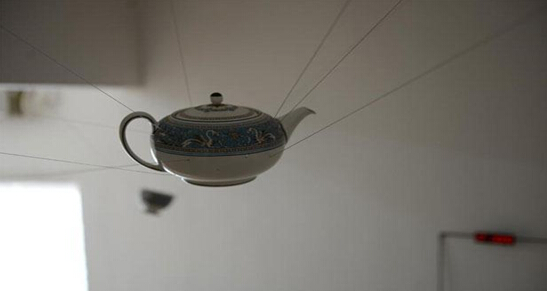
A piece of work at David Schocken’s show ‘Heritage’ Magnets hold the exhibits in place at Israeli artist David Schocken’s show Heritage in New Delhi. The commonplace act of driving nails in the gallery walls to hang the works would have made a “footprint”, and Schocken is more mindful than that about what legacy he leaves behind. In this mixed-media show—organized by the embassy of Israel and Instituto Cervantes, New Delhi—the graduate of the Design Academy Eindhoven in the Netherlands, and now partner at Tel Aviv, Israel, based branding and strategy consultancy Schocken+, reflects on how we can control our legacy, and deliberately construct the heritage we want to leave behind. In an email interview, the artist talks about why he prefers magnets, and his aversion to collecting too much household junk. Edited excerpts: Why is your exhibition titled ‘Heritage’? The outcomes and residues of our actions continually fascinate me. What is left behind? What is the meaning of the things we do? What are we aiming for? What is the essence? By exploring the concept of heritage, I try to define the thin line between what is essential and what is not. How can we make our efforts precise in order that they leave behind what we actually want? For me, heritage is a synonym for a footprint, a sign of the past in the present that has influence on the future. I feel we must be extremely conscious with these issues in order to keep on touching the essence of things and live life to the most. Why use magnets for display? In the exhibition all the pieces are connected to the walls with magnets. The way this works is that I use a very strong magnet to search for metals behind the wall. once I locate a piece of metal, an attraction point, a location is chosen. There are no holes in the wall, no nails or screws; when the exhibition is taken down there will be no leftovers on the physical space, no heritage. I try to make my decisions as practical and efficient as possible after considering the options in hand. Sometimes it ends with a video, a painting or a metal frame. Magnets connect with no commitment since they leave no trace, pure physics. Moreover, they either attract or repel, there is no in-between. If they are too far apart, the attraction doesn’t work. If they are too close, they will connect with each other, binding into one. The space of this interplay is what I find so fascinating about magnets. I find myself always trying to discover these thin lines without losing the tension. This is what art is all about in my mind. A continual dance on the thin line of the possible and “not possible”. What is the video ‘Hong Kong’ about? My exhibition shows a few different videos, two of which portray escalators in Hong Kong. One of them shows a side view of an escalator at the Hong Kong airport. This escalator connects between the shuttle train and the flight gates. Every few minutes a train arrives and creates a continuum of people for 2 minutes, followed by a silent emptiness for 2 minutes. This is repeated in an endless loop like a production line. The second video is a frontal video; the camera is located on a bridge in front of the escalator zooming in on the faces and expressions of people as they mount the escalator. Here I try and expose this intimate moment that occurs when we go on an escalator, we automatically know that we have a few moments of intimate respite. Each person in his or her own story, a mother late to pick up her child, a man rushing to work, a sad young woman who just broke up with her boyfriend… Unaware that they are being observed, a genuine human moment is communicated. How have your travels across the world informed your art? As a student at the Design Academy Eindhoven in the Netherlands, I started in the product design department, wher I had to build physical objects using machines in the workshops, storing them and carrying them around. I graduated from the visual communication department, wher I discovered that I could sometimes create an even stronger impact carrying my message on a USB stick rather than big, space-consuming models. My challenge became to transfer my message with the smallest footprint possible. From there I carried on to the media department at The New York Times, followed by three years working for a European fashion brand in China. Continuing to live between these two worlds of mass production with mass communication made me sensitive to the physical outcomes of our actions. Travelling around the world, I discovered that I could only collect small things because of a lack of a permanent home and space. My collection of all these small objects raised the question of what a home means—do we, in our era, still need to own a physical building in order to feel at home? After three years in China I developed an aversion to physical objects—especially the unnecessary ones. I saw with my own eyes the amount of energy we waste in order to keep the mechanism of consumerism alive. My exhibition attempts to touch on some of these questions that I keep asking myself.

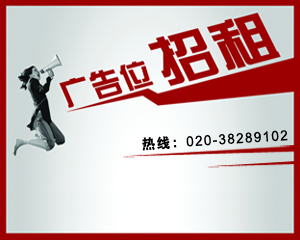
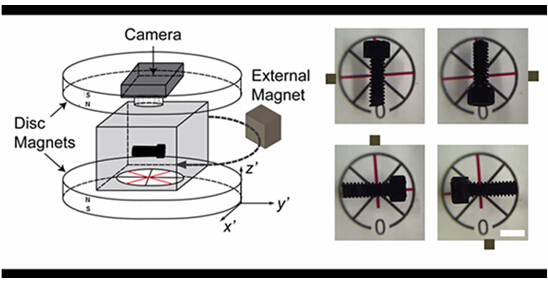 Magnetic attraction
Magnetic attraction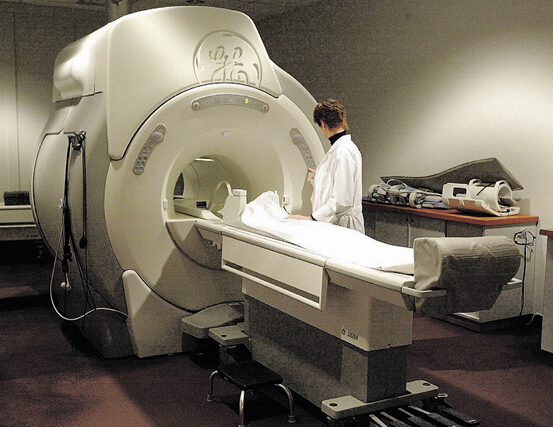 Embedded metal in humans could pose a risk
Embedded metal in humans could pose a risk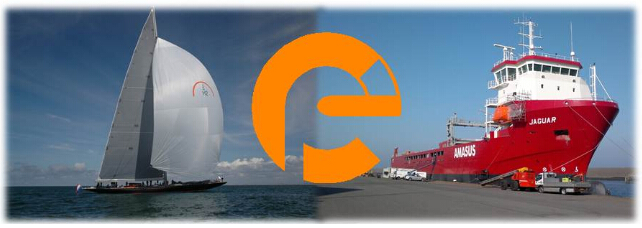 Electric Power Conversion B.V.
Electric Power Conversion B.V.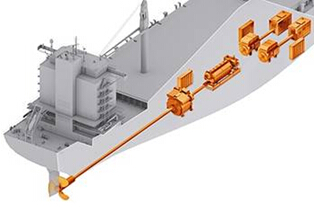 The Switch to Be Acquired by Yaskawa
The Switch to Be Acquired by Yaskawa







